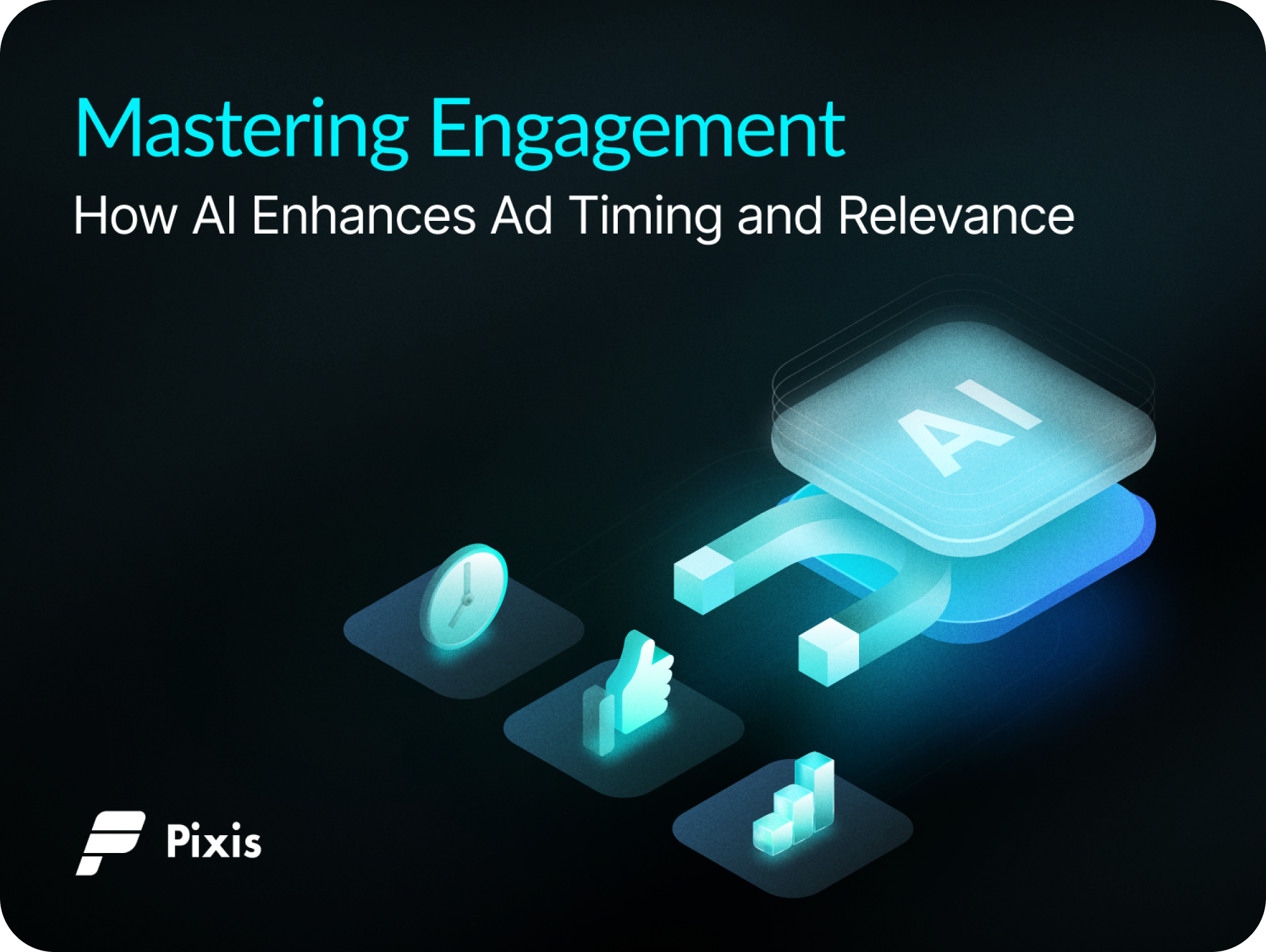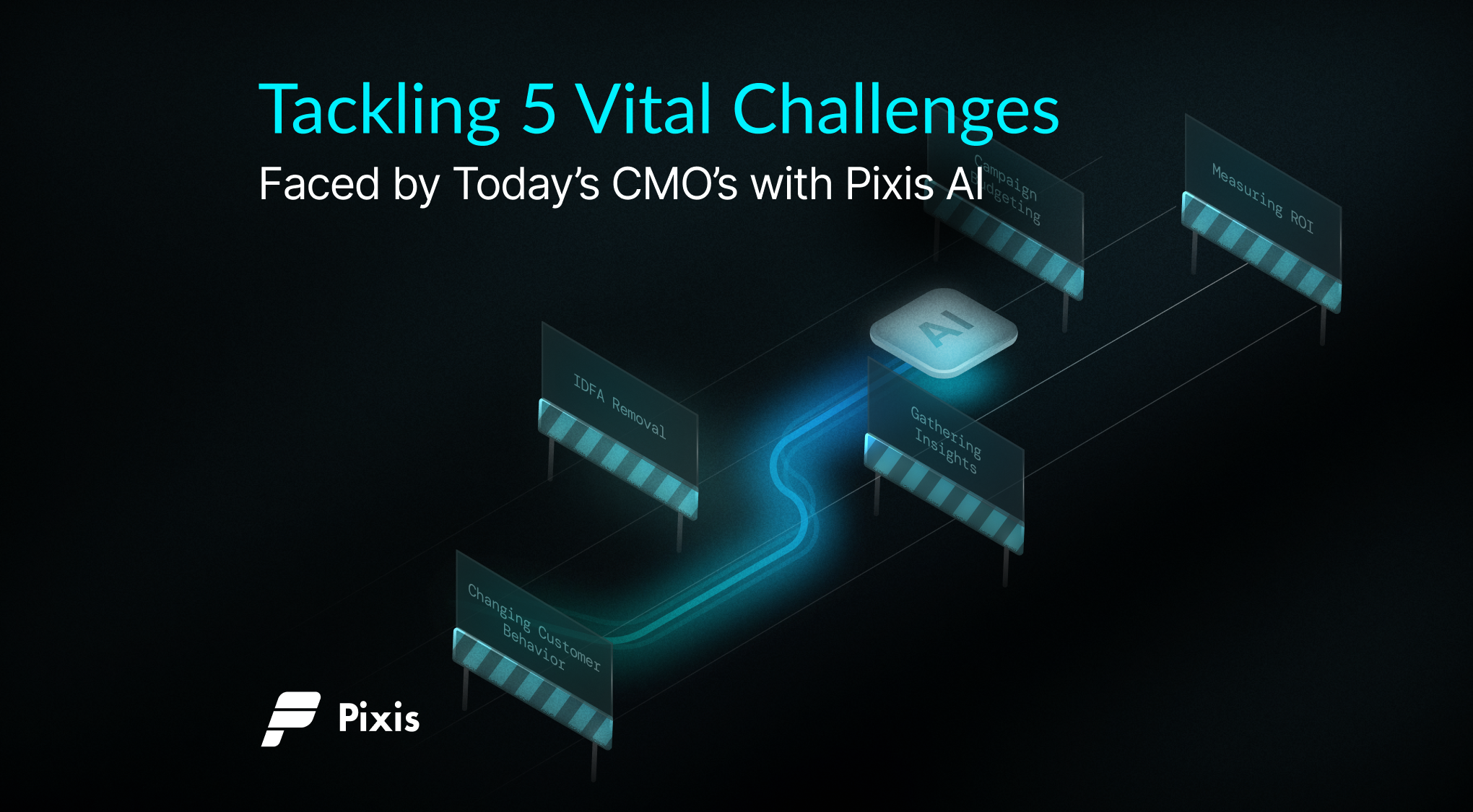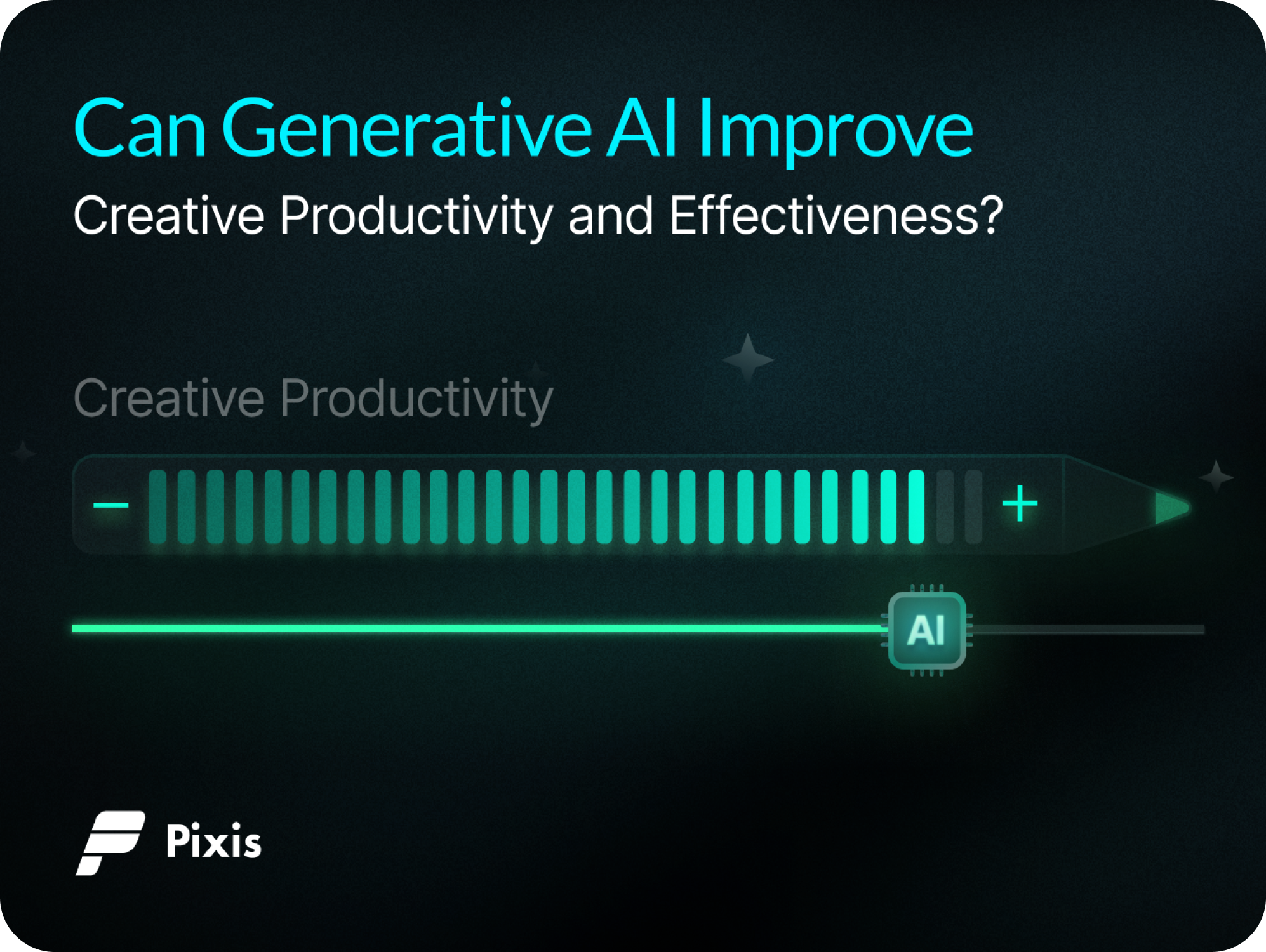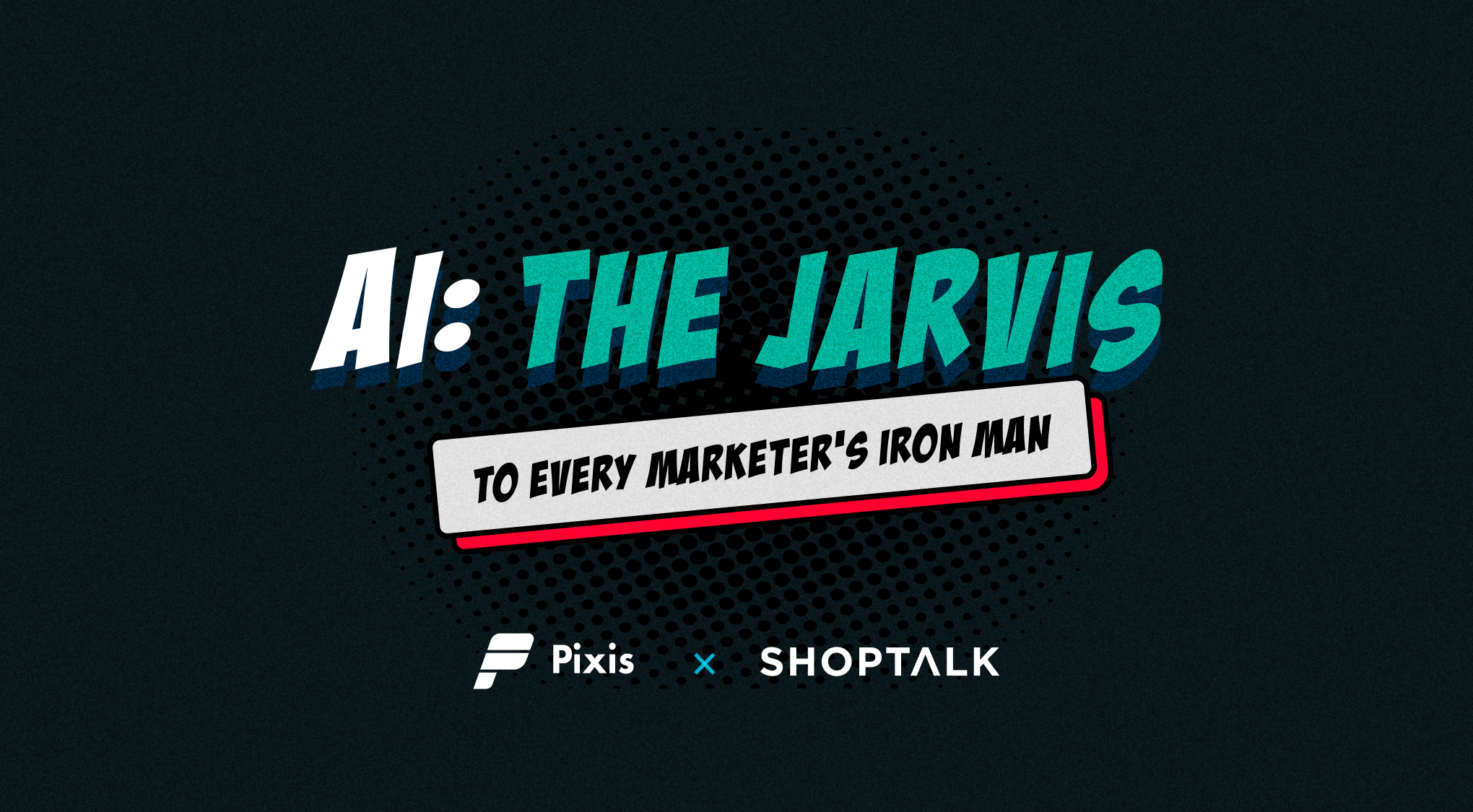Explained: Computer Vision & Building Better Brand Experiences
Imagine you saw a really cool dinner jacket somewhere, and since you were in a hurry, all you could do is click a picture of it.
Now, if your life was a magical movie, your fairy godmother would leave the same dress near your house with a message – you deserve it.
But since our lives are most probably not a movie (or at least not the kind of movie we want it to be), the thing that comes closest to a jacket-delivering fairy godmother is artificial intelligence.
Image Recognition – the ability of machines to read and interpret images can help you locate the store selling your favorite jacket.
But before that, let’s understand what image recognition really is. Image recognition is a part of computer vision – the ability of computers to acquire, process, and recognize digital images with a high-level understanding, just like humans do – calling a cat – a cat, and a dog – a dog.
Think of computer vision as the parent class. It includes everything from text recognition, OCR, iris recognition, and even video analysis. One of its branches is image recognition – which deals exclusively with detecting and analyzing images to help facilitate decision-making.
How does it work?
For us, an image is colors and objects. For a computer, an image is a bunch of pixels. What are pixels – think of them as little boxes of colors. The more the number of pixels, the better the image’s resolution. Three channels make up a pixel. Every channel represents a color for which the intensity can be increased or decreased. These channels are red, green, and blue (the RGB color model).
Every channel is stored in 8 bits – which can store 256 values (0 to 255). That means every pixel is a 24-bit color unit. For a cat image, AI understands the pixel placement that makes up a cat face and the RGB values in each of those pixels.
Whenever it comes across a cat picture, it compares the pixel intensity across the image to the values it has learned – if it’s close – it’s a cat, or else – it’s not a cat.
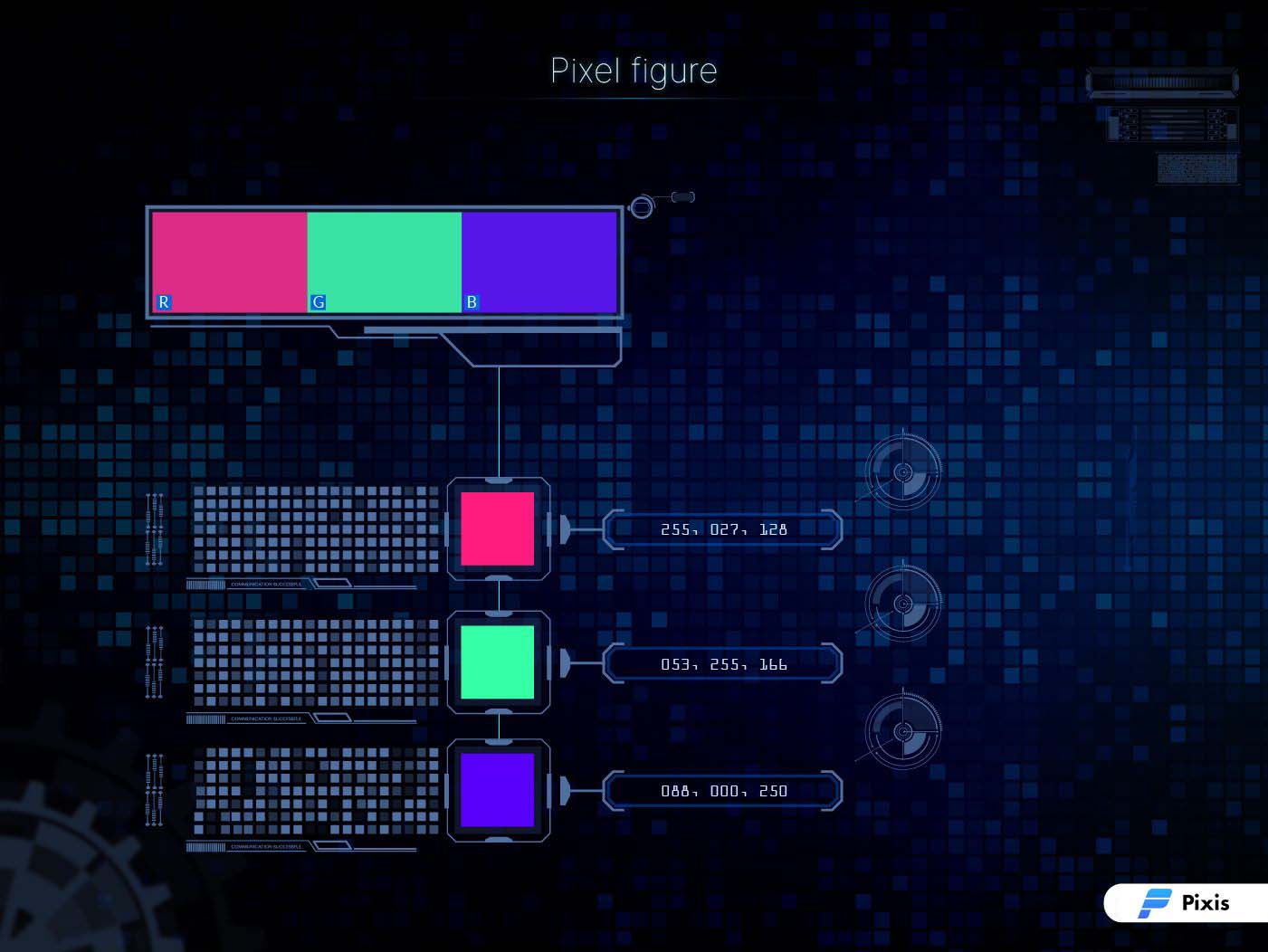
Image recognition works on the same principle that any other AI algorithm works. You have to feed thousands of images of a particular object, and it learns to classify as that object.
How Can Brands Use Image Recognition
Product Search
Brands can utilize image recognition to enable consumers to search for a product using a picture. Google is doing it with Lens. It works like reversed image search. Consumers click a product picture, search for it online, and the AI fetches the websites that feature the product. According to research, three-quarters of US consumers use visual search to find a product.
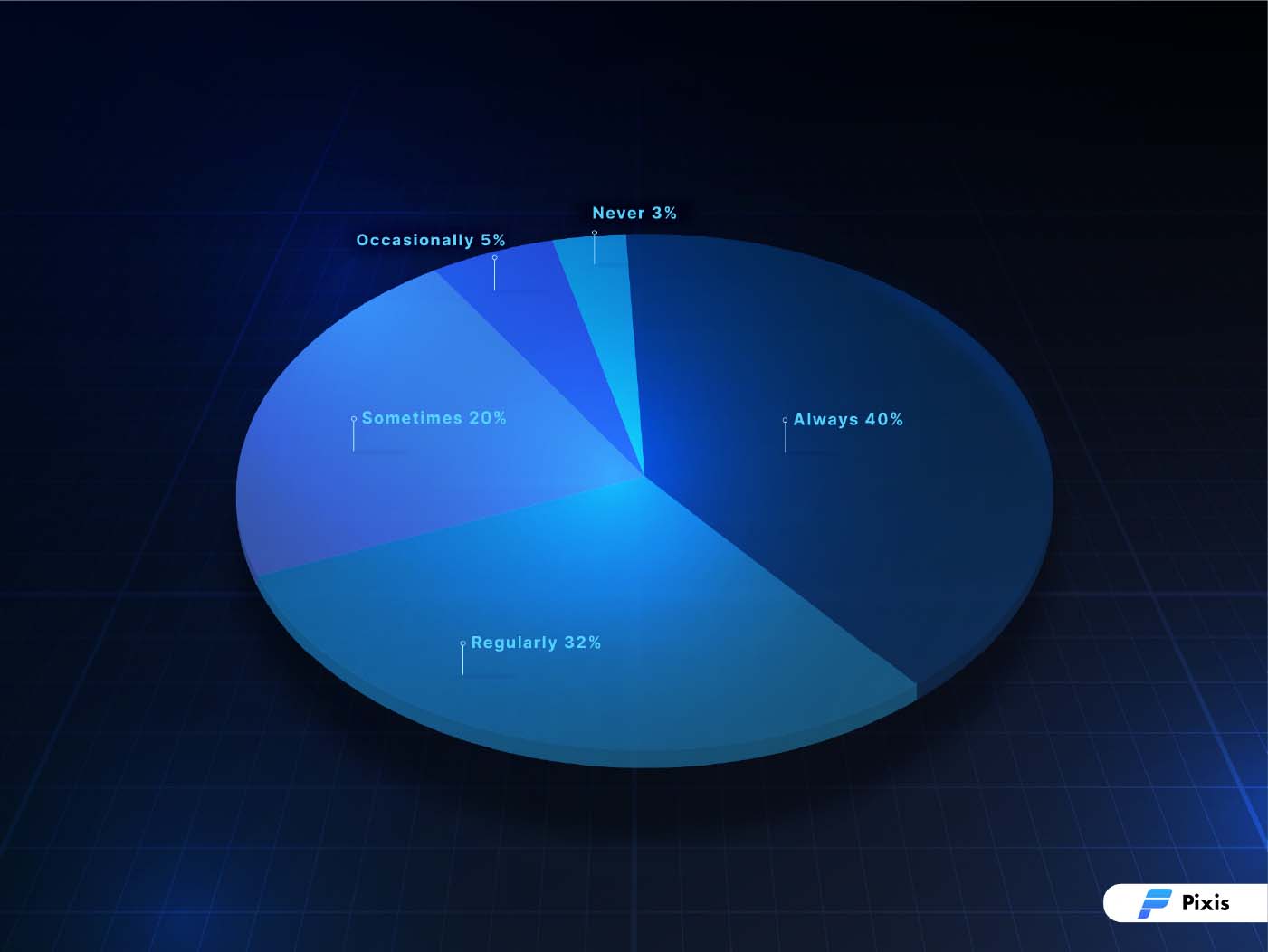
Logo Placements
There are hundreds of thousands of creatives used in any marketing campaign. Logo placement in these creatives is one of the most crucial things while generating creatives. Marketers often face a hard time identifying the best logo placement in the context of demography, geography, and more.
AI can help recommend and place logos on the creatives at the best possible place by analyzing past creative performance. Not just that, it can even predict the best logo placement for upcoming campaigns based on the campaign objectives and other factors.
Content Performance
Content marketing works its charm for brands trying to prove their mettle in the technology space or just trying to educate consumers about their offerings. Creating the right content that is relevant and resonates with the audience is the key to getting leads.

Be it visuals like infographics, pictures, or gifs, AI can identify the best visuals or color combinations working well across geographies.
Contextual Content & Creatives
Social media is an excellent place for knowing what’s the talk of the town – or even the talk of every town. Every marketplace is different, and marketers need to develop content and creativity that is contextually relevant to them.
Let’s say a country is hosting a big soccer game. This event is enormous, and you as a content marketer see a lot of opportunity in it. With AI, you can analyze the consumer sentiment associated with either of the playing teams and the content and creatives generating positive emotions on the internet.
The color, the content, the words, the layouts – AI is capable of highlighting the perfect recipe that can help you reach your target audience in the best possible time in the best possible way.
Multitude of Benefits
Image recognition is one of the hottest techs enabling brands to listen to their customers better. From effective product reach to personalizing consumer interactions, AI is becoming a significant enabler for brands to push the envelope when it comes to creating recall-worthy brand experiences.
Stay tuned for our next set of blogs, and shoot us a hello if you want any help with your marketing.
